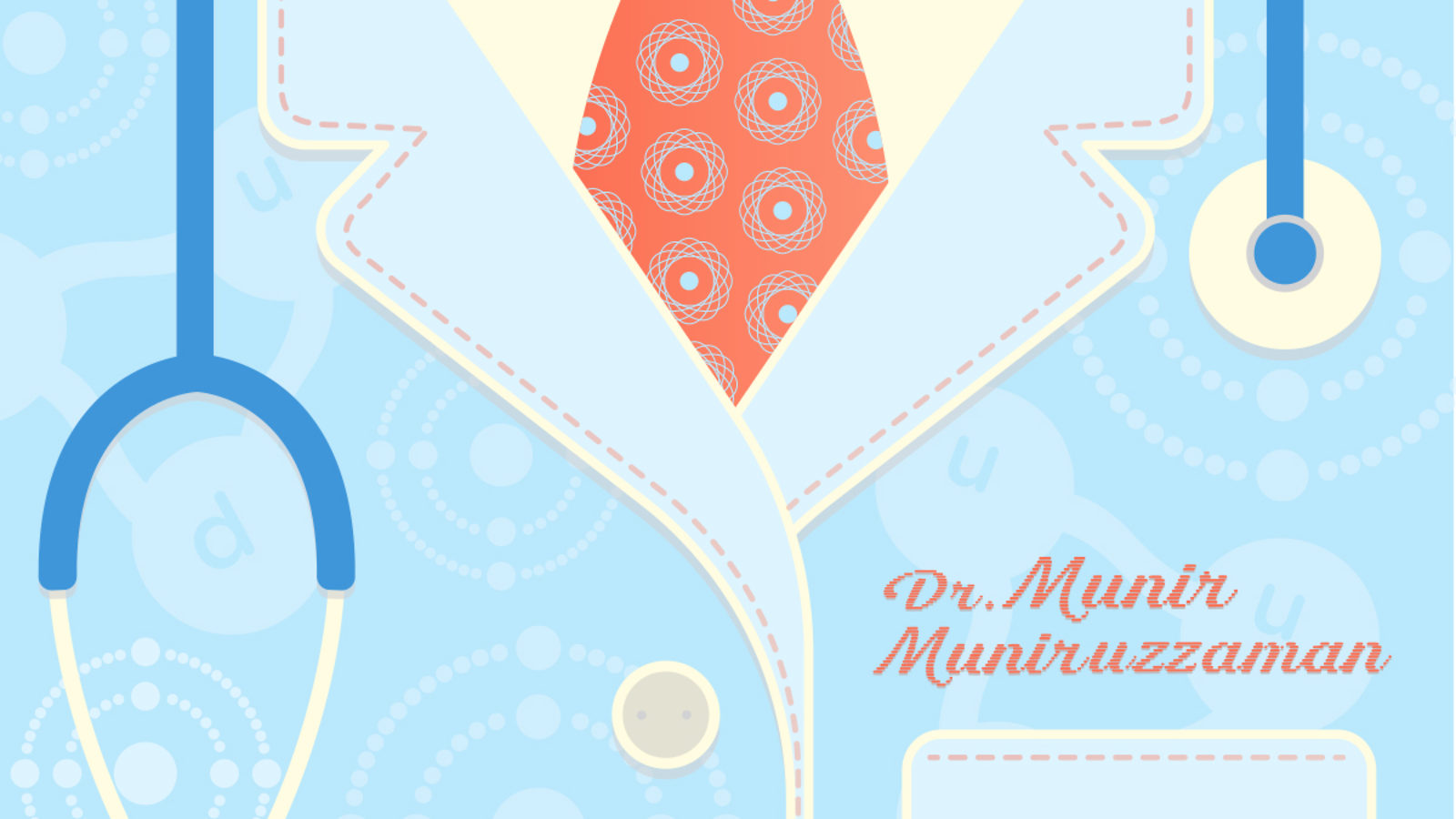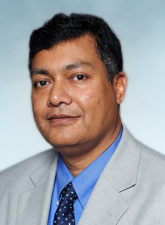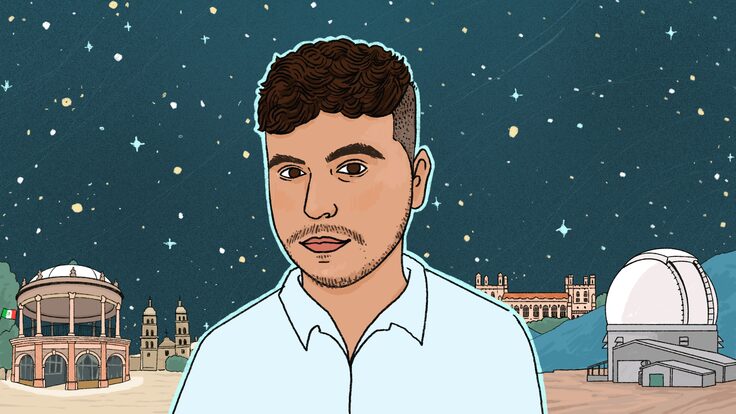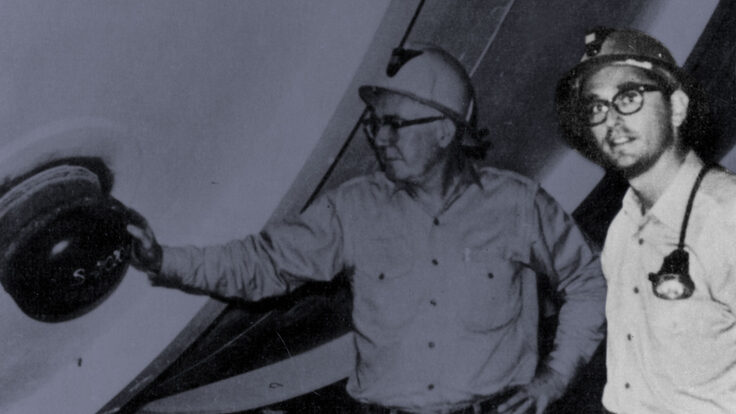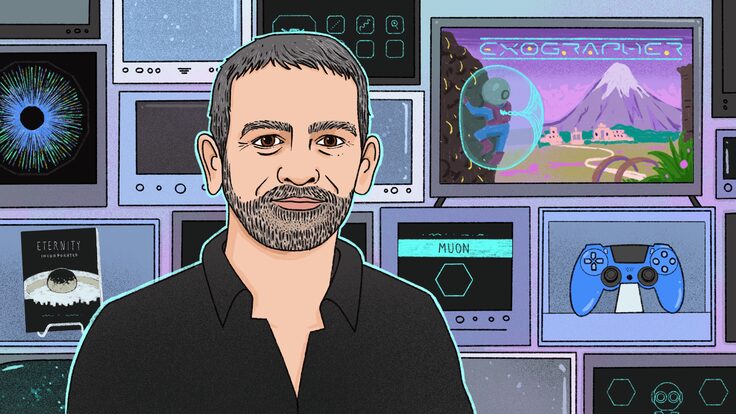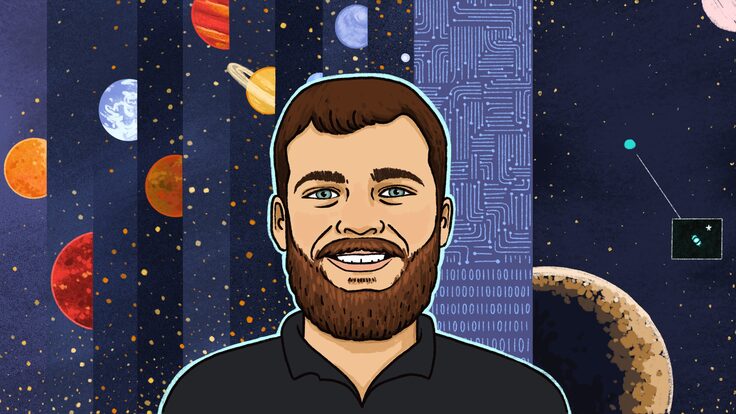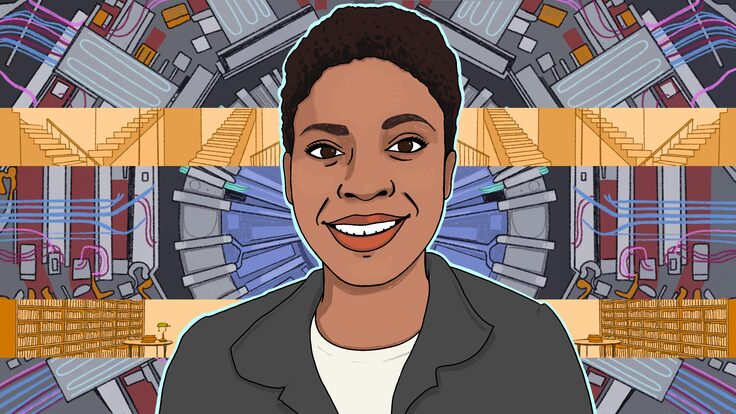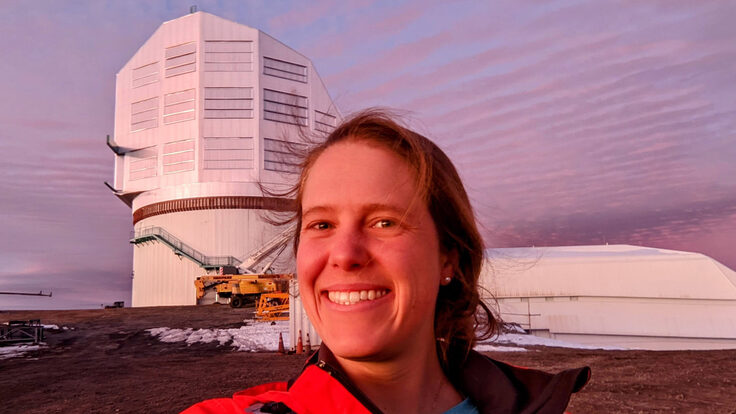Inspired by physics in high school, Munir Muniruzzaman never dreamed he would one day use it in a wide variety of ways, including detecting bombs and mending people with cancer.
“You cannot imagine how rewarding it is that my knowledge in physics can be applied to improve people’s lives,” Muniruzzaman says.
Muniruzzaman started on his path as an undergraduate studying physics at a university in his native Bangladesh. After graduation, he went on to earn a masters-degree-like diploma from the International Centre for Theoretical Physics in Italy, which educates scientists from the developing world.
Muniruzzaman decided to switch from theoretical to experimental physics when he began graduate school at the University of California, Riverside, to do more work with his hands. For his graduate thesis, he tracked a signature from the universe’s earliest moments, recreated in the Relativistic Heavy Ion Collider at the Department of Energy’s Brookhaven National Laboratory. This required commuting from California to the lab on Long Island, New York, as well as helping to build a detector and developing Monte Carlo computer simulations to understand the data.
The signature that Muniruzzaman studied came from a particle made up of a strange quark and its antiquark, with gluon particles holding it all together. It was one of several signatures needed to learn what quark-gluon plasma is like. (Several years after he left, the combined data pointed to it being more of a soup than plasma.)
After finishing his time as a postdoc, and with the encouragement of his advisor, Muniruzzaman took a job in industry where he could apply his physics skills.
Months after the Iraq War started in 2003, he became a senior scientist at a company designing bomb-detecting devices for Homeland Security and other agencies. HiEnergy Technologies Inc. used high-energy neutrons to learn from a safe distance if suspicious items contain explosives.
After working there, he decided to apply his physics knowledge to a different field. A friend suggested he try medicine. As lead physicist at medical device company Accuray, Muniruzzaman led Monte-Carlo-based experiments to improve the way radiation doses are calculated for the company’s CyberKnife. This robotic radiosurgery system eradicates tumors non-invasively. It runs on a small (1.5-meter-long) linear accelerator, sending very high doses of radiation to very specific locations.
While he found the work constructive, “I did not know what was happening to the patients, I didn’t know the faces,” Muniruzzaman says.
So he transitioned into medical physics in 2008, spending two years working under a senior medical physicist.
Muniruzzaman now works at Orange County CyberKnife and Radiation Oncology Center, and Riverside Community Hospital. Together, he and the treating radiation oncologist determine whether to use the CyberKnife or radiotherapy, which delivers very small daily doses over a month or more. He also meets with patients every time they come in to confirm the treatment plan, the machine settings, the tumor location and the radiation path, and keeps the radiation-delivery machines carefully calibrated to operate safely and effectively.
“Munir is excellent,” says Dr. Ajmel Puthawala, medical director of the Orange County CyberKnife and Radiation Oncology Center. “He’s very knowledgeable, intelligent and professional, with a very helpful background in engineering and physics.”



